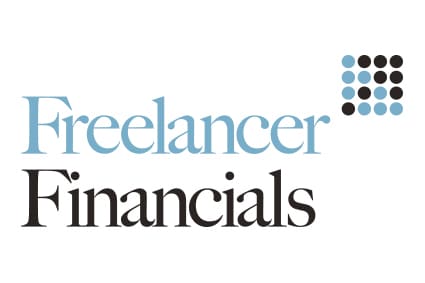PSC’s not able to claim NIC allowance for deemed payments
As from April the majority of businesses will be able to reduce their NIC liability by £2,000 by claiming the Employment Allowance.
Employers will only need to confirm their eligibility through their regular payroll processes. HMRC will then deduct up to £2,000 from their employers NIC liability throughout the course of the year.
Every business would be able to employ someone on a salary of £22,400 without attracting employers NIC. Alternatively, four adults could be taken on at the national minimum wage without incurring employers NIC.
HMRC has now published further guidance on the Employment Allowance which provides information on eligibility, claiming, record keeping and penalties. The guidance confirms that where Personal and Managed Service Companies are caught by IR35 or the MSC legislation and forced to make deemed payments, then the allowance will not be able to be claimed against such payments.
Class 1A/Class 1B NIC
The allowance cannot be claimed against Class 1A or Class 1B NIC, only against employers Class 1 NIC.
Changing payroll software
Where an employer changes its payroll software they will not need to claim the Employment Allowance again as HMRC automatically carry forward the claim. It may, however, be necessary to submit a new Employer Payment Summary (EPS) under Real Time Information.
Can the full allowance be claimed straight away?
Only if the total employer Class 1 NIC liability is £2,000 in the first month can the full allowance be claimed. This is because the allowance can only be used against employers Class 1 NIC when the liability arises.
The amount of allowance that can be claimed for each payment period must be the same as the employers Class 1 NIC liability for the same period, subject to the 2,000 annual maximum.
Example
An employer makes a claim for the Employment Allowance in April. They pay their employees monthly and their total Class 1 NIC liability is £200 per month. The full allowance will be used up by month 10 in the tax year, ie £200 p.m x 10 months = £2,000. For the remaining months 11 and 12 of the tax year employers Class 1 NIC will have to be paid.
Interaction with statutory payments
Recovery of statutory payments such as Maternity Pay is done after the Employment Allowance is deducted.
Is the Employment Allowance portable in a tax year?
An existing claim for the Employment Allowance cannot be moved to another PAYE scheme. It is possible however to stop a claim at the end of the tax year, nominate another PAYE scheme in the new tax year, ie before the employer makes any NIC or PAYE payments, and make a new claim against that scheme.
Can HMRC use the Employment Allowance against any other PAYE liabilities?
The employment allowance is based on an employers Class 1 NIC liability as shown on their Full Payment Summary (FPS) and will normally be set against their employers NIC liability as it arises during the year.
Where the allowance has not been used in full, e.g because the allowance was claimed late, HMRC will offset the balance against other current or future PAYE liabilities, so the allowance is not lost.
Can the allowance be claimed after the start of the tax year?
Provided the employers business has Class 1 NIC liabilities and is eligible to claim the allowance, then it is possible to make a claim post 6th April.
Example
An employer has Class 1 NIC liabilities of £500 per month plus other PAYE liabilities of £800 (including employee’s Class 1 NIC). They start claiming the allowance on 31st July. If they had made the claim on 6th April the employer would have been able to claim £1,500 up to 31st July, ie £500 p.m x 3 months (May, June and July). This is therefore carried forward to enable the full £2,000 to be utilised in August.
The £2,000 allowance is used to cover the £1,300 (£500 + £800) PAYE/NIC liability for the month of August, with the balance of £700 carried forward to be set off against employers NIC for September or (if full amount not used) PAYE liabilities.
Where a claim for the allowance is made at the end of the tax year and the employer does not have enough PAYE liabilities to set against the allowance, HMRC will use the balance against any PAYE debt or liabilities in the following tax year. If there are no such debts or liabilities then it will be possible to claim the allowance as a repayment.
HMRC have said that employers will be able to see how much of the Employment Allowance they have used in ‘View PAYE Liabilities and Payments’ in HMRC’s Online Service.
Deadline for making a claim
A claim for the Employment Allowance can be made up to 4 years, from 2014/15 only, after the end of the tax year in which the allowance applies. The latest date for making a claim for 2014/15 therefore is 5th April 2019.
Penalties
Where HMRC charge late payment penalties or interest these cannot be reduced by a late repayment claim for Employment Allowance.
Record Keeping
Records for any claim must be retained for a minimum period of 3 years after the end of the tax year and these must show:
• why the employer was entitled to claim the allowance
• how much allowance was used or in some circumstances repaid
• what liabilities the allowance covered
The full guidance can be found on the Employment Allowance: more detailed guidance page.





Leave a Reply